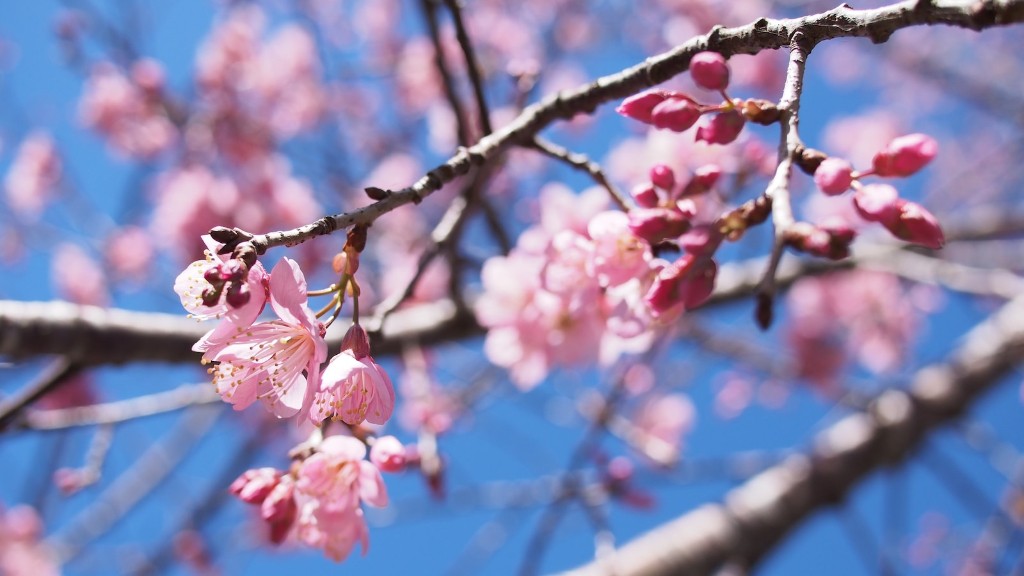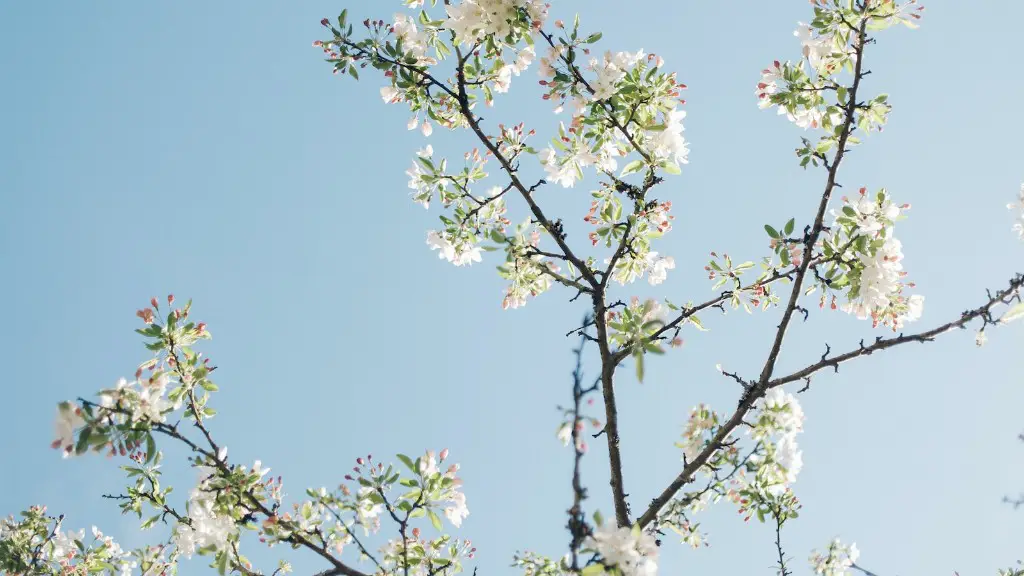How to Plant a Palm Tree in a Planter
There is something truly majestic and exotic about a palm tree in a planter, and whatever style of gardenscape you’re eyeing up, be it modern trend or traditional cottage-style, a few well-placed, hardy palms will certainly make a grand impact. Here’s how you can give your patio or outdoor accessory area the perfect tropical freshness with a touch of botanical know-how.
First and foremost, it is essential to choose your planter and especially its size carefully. A planter with a depth of at least 18 inches is highly recommended. A large and lush palm tree is going to need an equally impressive planter, and one that allows the root ball plenty of space to spread and expand.
The planter and saucer of your chosen specimen should be lined with a geo-textile liner, and filled with multi-purpose compost, added to a blend of equal parts soil, perlite, and loam; alternatively, you can go for a planter-specific potting soil. There are a few answers to the ‘how often do I water a palm tree in a planter’ question – a slow and steady, regular watering should be your mantra moving forward. You should aim to ensure the soil is moist but not saturated, subtracting from and adding water in turn as necessary.
Over-watering can cause the fronds to yellow and start to drop, whilst not enough could cause fronds to droop, become papery-thin, and eventually dry up and die. An additional winter-watering may be necessary, but you should take into account the type of palm tree you have and adjust your watering techniques and supplements accordingly. Finally, although you do need to water your potted palms, this should be approached with delicacy to prevent any root damage.
Adequate light and ventilation should also be taken into consideration when you choose the new home for your palm tree. Your tree should be in a position that allows it to grow comfortably, with an amble space for new leaves to unfurl. Ideally, the location should provide enough sunlight, a minimum of six to seven hours per day, with direct sunlight in the morning but indirect, partial shade for most of the rest of the day. This can create vital variance in the health of your palm tree.
With the movement of the growing plant you may need to repot – the larger the planter, the longer it will take for roots to outgrow the container. Signs that a repotting is needed include stunted growth, browning of the leaves and grey, slimy roots. When repotting, it’s important to not disturb the root ball, and you’ll also need to trim off any dead, mushy or yellowing roots. Finally, fertilize just one-third of your palm tree’s potting mix once or twice a year in the spring and summer months.
Benefits of Growing Palm Trees in a Planter
A major benefit of growing a palm tree in a pot is that it’s not entirely reliant on the climate for its survival. A potted palm can survive short periods of freezing temperatures, making them perfect for outdoor entertaining areas or spaces that experience weather that can change frequently. Even in the hottest summer months of the year, the trees barely need watering.
Adding to this is the versatility of growing palm trees in a planter. You can transplant your tree from its current location to a spot that receives more sunlight, taking much of the hassle out of gardening and giving yourself the opportunity to bring the party mood to any given area.
Types of Palms to Plant In A Planter
When choosing which type of palm tree to purchase, as a rule of thumb, you should make sure that the palm tree you have selected can tolerate – and even thrive – in the environment and conditions of your planter. The most frequently chosen planters are the European fan palm, lady palm, parlor palm, and Chinese dwarf fan palm. All of which suit growing in a planter and offer a wide array of textures, colors, and leaf shapes which will light up any space.
Fruits such as dates, cherry palmetto, and California fan palm will fit in planters particularly well, giving you a surprisingly delicious exotic accessory for your favorite space. The European fan palm and lady palm, in particular, are fast-growing varieties and make an excellent choice when in need of a good-looking planter pair and a little bit of privacy.
Caring for Palm Trees In Planters
Most varieties of palm trees will do well in planters, but very importantly, the soil should be loamy and well-draining. If your soil is too dense, you may struggle with water drainage and it could result in mold, especially because the environment of a potted palm is usually humid. As such, palms in planters need to receive additional nutrients and fertilizers to stay healthy.
Fertilizing during the growing season – an acidic fertilizer, with a low bowl ratio – should be done in moderation, as over fertilizing can cause burning of the roots. Pruning and deadheading are also important tasks in maintaining the health of trees in a planter, as it can help to remove discolored leaves and keep your tree looking vibrant.
Summoning the Tropics At Home
Seeing as potted palm trees can go weeks without any regular watering, you can actually sit back and enjoy the view of your new purchase! With just the right balance of humidity, drainage, sunlight, and fertilizer, you can soon haveyour own little bit of tropical paradise right in your planter.
Aesthetically, the curvaceous fronds of the palm tree act as a welcome contrast against the boxy, manmade structures of homes, and there is something resplendently calming about the up-and-down shape of the leaves. There are all the advantages and none of the costs that come with a full-size palm tree, and you will find yourself sat in front of a planter of picturesque and dramatic beauty for many seasons ahead.
Minimizing Risk Of Damage
Whilst we all revel in the joys of beautiful planter-shaped palms, we hate to be the bearers of bad news when it comes to potential damage to – or from – these decorative delights. Planters, particularly concrete and clay pots, are susceptible to cracking if left outside in the cold winter months, so you should move them to a garage or shed in the winter season.
Wherever you choose to plant your palm tree in a planter, use a pad beneath to protect decks and surfaces. The planters need to have drainage holes to help reduce the risk of overwatering and over-saturating of the palm’s root system. Best of all, you can be sure that whenever it comes to cleaning, your planter can go in the sink, a good scrub is all that’s needed and you will have your show piece spick and span once more.
Choosing The Right Palm Species
When deciding to add a palm tree to your outdoor space, it is vitally important to double-check that there is ample space for the chosen species of tree to grow; in most cases, root pruning can be done but may cause severe shock and eventual death of the plant. Depending on the type of tree you want to pot, different levels of sunlight and water intake needs to take place for happily growing palms.
For example, Madagascar palm trees are among the more popular choices due to their hard-yet-stunning fronds, they will require full sunlight and a frequently moist soil. On the other side of the coin is the Chinese fan palm tree which requires partial shade and soil that is constantly moist. Therefore, when it comes to palm trees, do take the time to decide what species is right for conquering your garden space and also the types of conditions you have to offer.
Cleaning & Pruning Your Palm Trees
Longer leaves may attract dust and other undesirable elements over time. This is especially true if there is a lot of activity in your garden or patio area. To help prevent this, gently wiping the back of the leaves with a damp sponge will get rid of any dirt, dust, and debris that has been lingering for too long.
The maintenance of your palm will continue with careful pruning of any diseased leaves as and when necessary. You’ll also want to trim your palm tree from time to time to stop it from becoming overgrown, reducing the risk of potential cluttering in the near future. These trimming should be done in the late spring and summer to avoid any further stress on the tree.
Using Pesticides To Help Maintain Health
Pest control is a must – the majority of palm trees in planters will be used as decorative houseplants, which makes them prone to pests, fungi, and bacteria. Early pest detection is very important and regular inspections should be done, especially in warmer climates. There are a variety of natural and chemical-based product available at garden stores, each serving as a preventative measure against infestations and insects.
The most important thing to remember is not to jump the gun and apply any treatments to your palm until you know exactly what you are dealing with. You will need to ensure the product you decide to use is safe for your palm tree specifically, as many pesticides are not suitable for all varieties.


